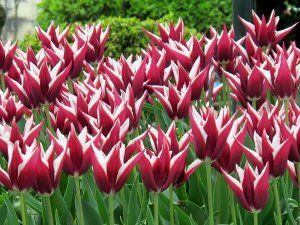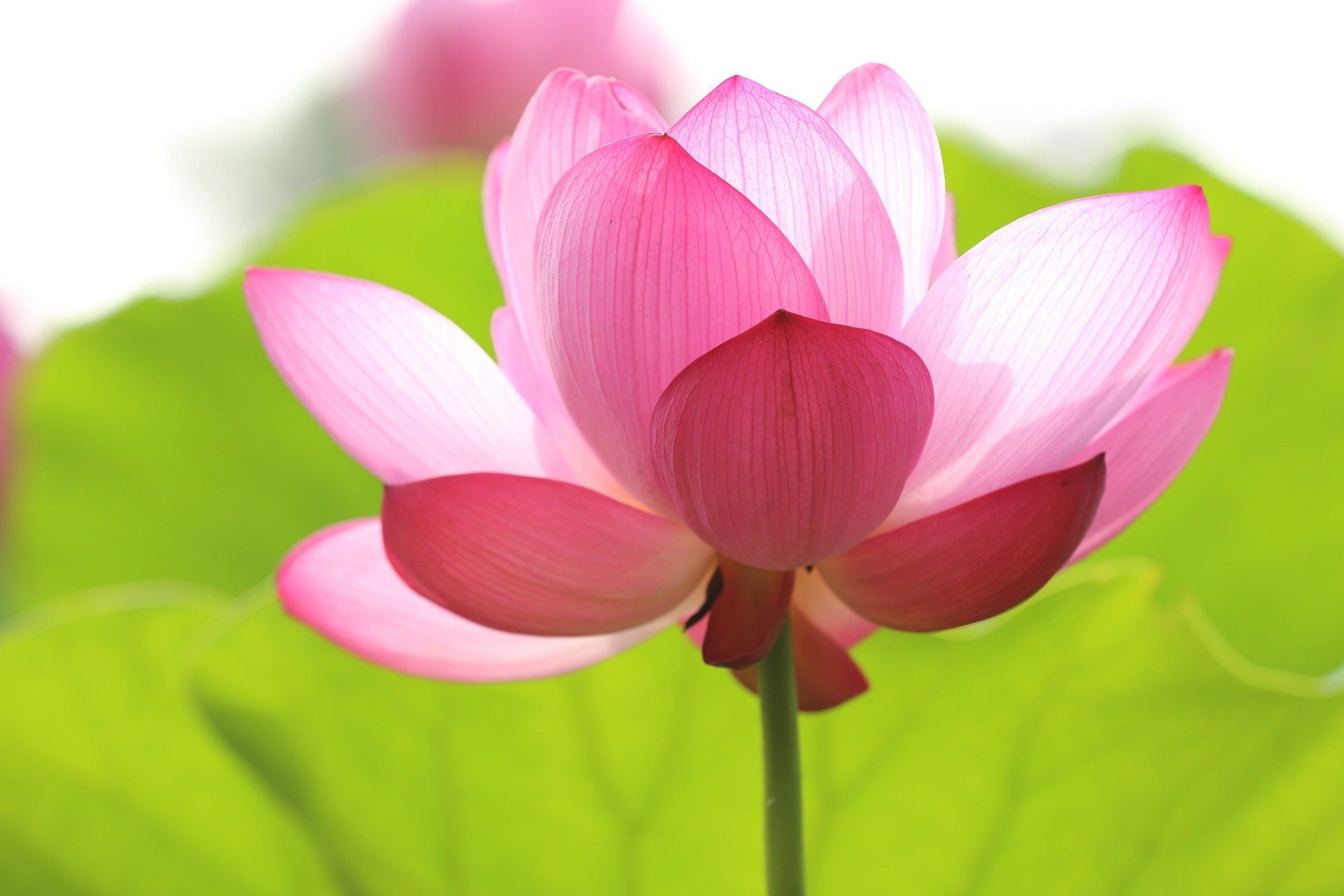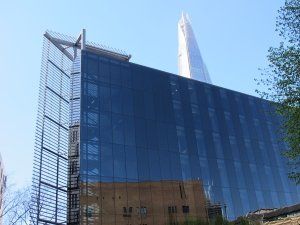Adams, Burtynsky and Ai Weiwei - Get the Message, Canada
A trip to the McMichael gallery in Kleinberg always has a special place in my heart. It marked the start of my Canadian experience. I came to Canada in 1969 and I was taken to the McMichael gallery. The Group of Seven was a new phenomenon. I heard they were iconic Canadiana. I had come from the land of Constable and Turner. I could not relate. The colours, the shapes, the interpretation of nature and of houses were alien to me.
Over time, my sojourn in Canada took me north of Superior, to Algoma, to Algonquin, to Kilarney...Then I understood. I got it. I was at the McMichael in the fall of 2013. It is even more special when one goes in late September and the weather permits an outdoor picnic at one of many locations within the Gallery grounds. Embracing the natural world, however, may include curious wasps. The changing foliage, the pattern of clouds and the patchwork of colours all move the consciousness to appreciate what we had around us. A necessary attitude to embrace when entering the gallery which honours the essence of Canada, its nature and its aboriginal world. I had come this time to engage in two concurrent photographic exhibitions.
The work of the American Ansel Adams (1902-1984) is in black and white. He captured a virginal North American scene of rock faces and waterfalls and trees with sunlight, shadows and cloud. The grandeur of Yosemite National Park was nestled by raindrops on leaves. The lighting in the gallery was dim to protect the aging prints; a legacy of a man who wanted the world to appreciate, value, and explore the landscape provided, gifted to us.
A set of doors separated this intimate invitation from one of large, bright and unsettling photographs of Canadian Edward Burtynsky (1955- ) With his exhibit "The landscape that we change," he invites us to face what has been done in the name of progress to the innocent land that could have been Adams' once. The only crime this land committed was to be filled with minerals and oil, provided ground for railways or resting places for thousands of easily combustible obsolete rubber tires. Two exhibits defining the before and the after of commercial raping.
In 2006 the Canadian National Film Board release the documentary "Manufactured Landscapes" about the nature that we "disrupt in pursuit of progress." It is a harsh reality with a beauty in its own right. We see patterns made by uranium tailings in Elliott Lake, Ontario in 1995 with the statues of dead and dying trees in a stark land. 40 years previously Ansel Adams, if he had visited that spot, would have found a rocky, verdant vista.
I witnessed a conversation. A man is returning to the Ansel Adams exhibit and his friends ask why he is leaving the Edward Burtynsky exhibit so soon. "I'm going back into the other room. I think they are more artistic." Both are artistic photographers, capturing the world they saw with honesty, love and skill. Our comfort level is not the gauge.
Further into the Burtynsky exhibit is a huge arresting photograph of an old tire dump in California. The heat produced by the rubber ignited and the fire burned uncontrolled for two years, polluting the atmosphere. In front of the picture sat a mother with her young son on the floor. She explained the picture's meaning as she interpreted it. "Everything we use" she said, "We have to think about what happens to it when we no longer want it. What will happen to it? Where will it go? We are responsible. We should be careful about everything we use." The child was totally engaged. He turned to look at another similar subject. "Look mummy, there are no trees." He got it.
Meanwhile in Toronto, the Art Gallery of Ontario was hosting the Ai WeiWei exhibition "According to what?" The work of this multi-talented artist, sculpture, carpenter, potter, photographer, writer and musician is overwhelming in the sincerity of its message. Following an earlier visit in its run, I returned in October with my camera. His work had so moved me the first time I needed to capture it for myself.
I don't think anyone who has stood beneath his serpentine sculpture made from 883 identical knapsacks cannot be moved. This dissident Chinese artist, born in 1957, fights his government for its lack of transparency and accountability. In this exhibition, his main focus was on his government's behaviour following the 2008 earthquake in Sichuan Province where over 5,000 children died in poorly constructed schools. Corruption in the building industry clearly was responsible for the buildings collapse and the government's refusal to investigate or even identify the names of the dead children enraged Weiwei. "Snake Ceiling" reminds us of the loss of the children.
Far more massive is the installation that weighed over 38 tonnes and is made of actual straightened rebar removed from the ruined schools. Ai Weiwei set about collecting the names of the children and they were listed on one wall of the exhibit with the names being called out. He believes that your name is the first and last marker of your human rights. Everyone has a name whether rich or poor.
Weiwei was the former design consultant for the Beijing National Stadium - the birds nest - used at the 2008 Olympics. He backed out in protest against corruption and the displacement of the poor to make room for tourism.
His Divina Proportione is made without screws or nails using traditional Chinese carpentry techniques from the Ming Dynasty.
Other works in the exhibit remind him of the past and his youth. They demonstrate his creative genius.
"I'm surprised that somebody like me would even become famous, just for demanding very basic truths and seeking ways to survive with some dignity," Ai told The Canadian Press.
What was it about the works of Ansel Adams, Edward Burtynsky and Ai WeiWei that draw me to them? Adams captured the pristine world. He did not show the clear cutting of the forest, the polluted rivers and excavated land from mining. He showed a romantic version of reality without the encroachment of materialism. Burtynsky shows us the price we pay for our consumerism: our need to have and our belief that we have a right to take. Ai Weiwei shows us that the future is here. Those with self-serving interests, who have no conscience to protect ordinary people, control governments. Is it too late to expect transparency and accountability from Government? Canadians may well ask.


















